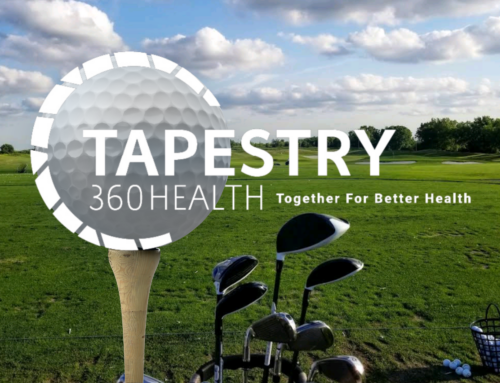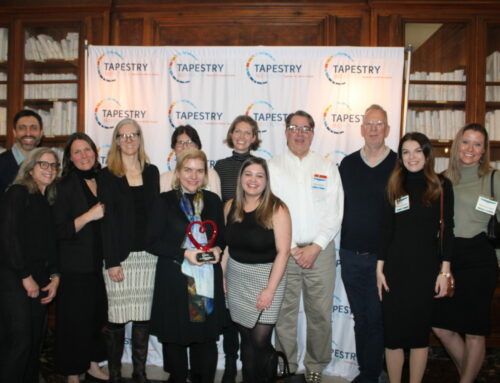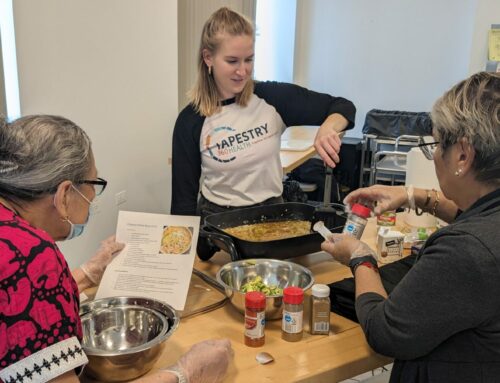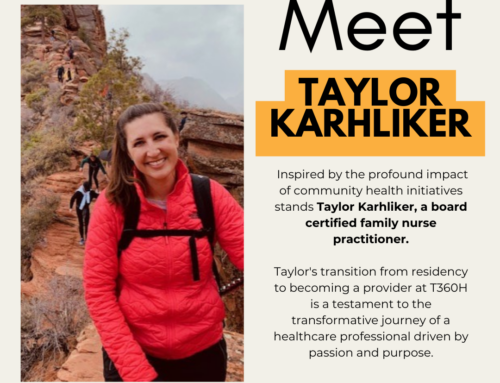News
Sickle Cell Anemia – new research from Chicago offers hope
 Sickle cell anemia has been in the news recently thanks to increasing awareness of the severity of the disease within the African-American community and among others across the U.S. and due to new treatments emerging.
Sickle cell anemia has been in the news recently thanks to increasing awareness of the severity of the disease within the African-American community and among others across the U.S. and due to new treatments emerging.
Inspired by World Sickle Cell Day last June and in advance of September’s Sickle Cell Awareness Month, here’s a quick update of health information and developments prepared by Heartland Health Center’s Ron Chacko, MD.
Q. What is sickle cell anemia?
A. An estimated 100,000 people in the United States live with sickle cell disease. This genetic disease changes the shape of a person’s red blood cells, which help transport oxygen throughout the body. Individuals with sickle cell disease have sickle shaped red blood cells which block up blood vessels in the body, leading to severe pain, fatigue, and damage to organs such as the bone, kidneys and brain. Because of the shape of the cells, the red blood cells wear out faster meaning lower blood counts that can be potentially dangerous.
2.5 million Americans carry the partial genetic code for sickle cell. Historically, while most individuals are of African ancestry, individuals with ancestors from Spain, Portugal, Greece, Turkey, the Middle East or parts of Asia may also have the genes for sickle cell. Most folks with a partial code, known as sickle cell trait, have no symptoms, though it is very important that if they engage in hard exercise, they drink plenty of water, take breaks when tired, and don’t overdo it. If both parents of a child carry the trait, there is a 1 in 4 chance that the baby will have the disease.
Q. How was sickle cell anemia discovered ?
A. The first case of sickle cell anemia was discovered here in Chicago in 1904 and by 1949 the explanation for what caused sickle anemia had been discovered. Nevertheless, for a long time there was little energy in translating this knowledge into direct patient care, mainly because the disease affected a black population historically neglected by health research and treatment.
This changed in the 1970s in great part due to the activism of the Black Panthers, who in their organizing around the need of inner-city blacks, started health clinics where patients were screened for sickle cell disease and party leaders took to media to raise awareness. As a result, all newborns in Illinois since 1989 and in the United States since 2016 are now screened for sickle cell anemia.
Q. What are the treatments? Haven’t there been some new developments?
A. Babies with sickle cell anemia are started on antibiotics to reduce their risk of death from severe blood infections. Those with sickle cell disease are often started on medication like hydroxyurea which helps the body make other forms of red blood cells, reducing the overall stickiness of red blood cells to blood vessels.
At University of Illinois-Chicago, physician scientists have discovered a way to effectively cure patients from the effects of sickle cell. After receiving treatment to prevent a patient’s natural immune system from reacting to the cells of another person, stem cells that have the capacity to develop into cells capable of making red blood cells are transplanted from a healthy sibling to the patient. Many times the new cells are capable of making enough new cells that the sickle cells can no longer be found.
Q. How can I find out if I am at risk, learn more or help advocate for a cure?
A. The Sickle Cell Disease Association of Illinois holds a 5k run to raise funds for prevention and research. Their national parent organization is the U.S. Sickle Cell Disease Association of America. September has been designated National Sickle Cell Disease Awareness Month, so also watch for additional resources then.
If you’re concerned about your risk for sickle cell disease or want to get more information about sickle cell disease, talk to your clinician at Tapestry 360 Health. Set up a visit here.
 Sickle cell anemia has been in the news recently thanks to increasing awareness of the severity of the disease within the African-American community and among others across the U.S. and due to new treatments emerging.
Sickle cell anemia has been in the news recently thanks to increasing awareness of the severity of the disease within the African-American community and among others across the U.S. and due to new treatments emerging.
Inspired by World Sickle Cell Day last June and in advance of September’s Sickle Cell Awareness Month, here’s a quick update of health information and developments prepared by Heartland Health Center’s Ron Chacko, MD.
Q. What is sickle cell anemia?
A. An estimated 100,000 people in the United States live with sickle cell disease. This genetic disease changes the shape of a person’s red blood cells, which help transport oxygen throughout the body. Individuals with sickle cell disease have sickle shaped red blood cells which block up blood vessels in the body, leading to severe pain, fatigue, and damage to organs such as the bone, kidneys and brain. Because of the shape of the cells, the red blood cells wear out faster meaning lower blood counts that can be potentially dangerous.
2.5 million Americans carry the partial genetic code for sickle cell. Historically, while most individuals are of African ancestry, individuals with ancestors from Spain, Portugal, Greece, Turkey, the Middle East or parts of Asia may also have the genes for sickle cell. Most folks with a partial code, known as sickle cell trait, have no symptoms, though it is very important that if they engage in hard exercise, they drink plenty of water, take breaks when tired, and don’t overdo it. If both parents of a child carry the trait, there is a 1 in 4 chance that the baby will have the disease.
Q. How was sickle cell anemia discovered ?
A. The first case of sickle cell anemia was discovered here in Chicago in 1904 and by 1949 the explanation for what caused sickle anemia had been discovered. Nevertheless, for a long time there was little energy in translating this knowledge into direct patient care, mainly because the disease affected a black population historically neglected by health research and treatment.
This changed in the 1970s in great part due to the activism of the Black Panthers, who in their organizing around the need of inner-city blacks, started health clinics where patients were screened for sickle cell disease and party leaders took to media to raise awareness. As a result, all newborns in Illinois since 1989 and in the United States since 2016 are now screened for sickle cell anemia.
Q. What are the treatments? Haven’t there been some new developments?
A. Babies with sickle cell anemia are started on antibiotics to reduce their risk of death from severe blood infections. Those with sickle cell disease are often started on medication like hydroxyurea which helps the body make other forms of red blood cells, reducing the overall stickiness of red blood cells to blood vessels.
At University of Illinois-Chicago, physician scientists have discovered a way to effectively cure patients from the effects of sickle cell. After receiving treatment to prevent a patient’s natural immune system from reacting to the cells of another person, stem cells that have the capacity to develop into cells capable of making red blood cells are transplanted from a healthy sibling to the patient. Many times the new cells are capable of making enough new cells that the sickle cells can no longer be found.
Q. How can I find out if I am at risk, learn more or help advocate for a cure?
A. The Sickle Cell Disease Association of Illinois holds a 5k run to raise funds for prevention and research. Their national parent organization is the U.S. Sickle Cell Disease Association of America. September has been designated National Sickle Cell Disease Awareness Month, so also watch for additional resources then.
If you’re concerned about your risk for sickle cell disease or want to get more information about sickle cell disease, talk to your clinician at Tapestry 360 Health. Set up a visit here.


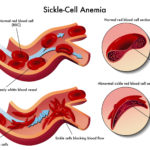 Sickle cell anemia has been in the news recently thanks to increasing awareness of the severity of the disease within the African-American community and among others across the U.S. and due to new treatments emerging.
Sickle cell anemia has been in the news recently thanks to increasing awareness of the severity of the disease within the African-American community and among others across the U.S. and due to new treatments emerging. 

